Having a small patch of land is a God-given gift in these trying times. You don’t have to live in the countryside to enjoy a bountiful vegetable garden.
Some people believe that growing vegetables in their backyard is difficult, but it isn’t, and all you need to do is get your hands dirty.
Growing your vegetable garden is a pleasant and rewarding activity if you follow a specific set of rules. Not only will you be able to enjoy fresh produce and even store some of it for later use, but you will also learn a valuable survival skill.
No matter how much our world is ruled by technology, you should never forget that traditional gardening will never die. It’s one of the skills that helped our ancestors survive times of hardship and famine, and it will come to your aid just as well when food becomes scarce.
Getting started
There is a bit of planning that needs to be done before you procure seeds, gardening tools, and anything else that would make your gardening experience a fruitful one.
The first thing you need to establish is where your new garden will be placed, and my advice would be to keep it in the vicinity of your house. Not only will you keep a close eye on it, but you will also observe the progress you’re making, and you will be able to spot problems quickly.
Second, you should ask your family what they will like to eat so that you can plan your garden accordingly. Knowing their likes and dislikes becomes mandatory since you don’t want to end up with produce that ends up in the trash can.
Even more, check your schedule and decide if your garden will become just a recreational pastime or you plan to turn it into a time-consuming project. Establishing how much time you can dedicate to your garden will help you decide how big your garden should be. It’s much better to employ your time correctly in a small garden and have good results, rather than doing a poor job on a large garden.
Here are some other considerations you should keep in mind when planning your garden:
- Your garden should have plenty of sunlight throughout the day.
- Good air circulation is mandatory to avoid dampness of the soil.
- Those living in windy-prone areas should assure a windbreaker.
- Trees and large shrubs should be nowhere in the vicinity of your garden.
- Your garden requires quality soil (structure, nutrients, pH, etc.)
If you have all of the above covered, you can sketch your future garden to understand better where it will be located, how large it will be, and so on.
Soil quality
The soil structure and quality vary significantly from one place to another, so it’s better to get help from a soil laboratory to establish how good (or bad) the soil in your yard is. Your local garden center should help you with this task, or they should at least point you in the right direction.
The soil analysis will tell you how much nutrients and fertilizer you need to add you the soil, and it will also tell you the pH of your soil.
The pH measurement shows the alkalinity and acidity, and you need to acknowledge that most plants grow and thrive at a pH ranging from 5.5 to 7.0. Even so, certain plants prefer a low pH while others do best in high PH soil. Below are a few examples.
Plants that love acidic soil:
- Potatoes
- Sweet potatoes
- Parsley
- Peppers
- Radishes
- Rhubarb
Plants that love alkaline soil:
- Onions
- Peas
- Lettuce
- Asparagus
- Cabbage
- Cucumbers
- Cauliflower
One important thing that you need to keep in mind when checking your soil’s pH level is that you can always change the pH level to better suit your needs. You can add lime to increase soil pH, and you can add sulfur to reduce soil pH.
The chances are that the soil analysis will not show the results you were expecting, and you might have to add some manure (cow manure is best) and spread some fertilizer to give your plants the boost they require.
Working the soil requires a learning curve, but it’s not complicated.
- First of all, don’t work the soil when it’s wet and never dig it up when frozen. Some people stir up frozen ground, but they end up burying it, and it will take much longer for the soil to warm up.
- And second, learn how to feel the soil. Good garden soil has a specific structure based on its type (clay, sandy, slits, loam), and you can dig a scoop of dirt and examine it. For example, soil rich in organic matter has a darker color, and it will crumble under its weight.
Starting plants for your garden
Some people like to start plants from seeds, while others buy tiny seedlings to avoid the work of caring for the seeds. Regardless of the method for starting your plants, it would help if you grew them indoors until it’s time to put them in your garden. Most people do so while waiting for the spring frost to be over to get a head start on their planting.
If you are serious about your garden, you can start your plants in a small greenhouse or use a cold frame or a hotbed. Even without these, you can still start your plants in small pots provided you have proper growing soil, plenty of water available, and good sun exposure.
Nowadays, there are all sorts of led lamps designed for indoor plant growth, and you can use these in zones that don’t have plenty of sunlight available during the spring. Just make sure the light from such lamps can reach the plant evenly and install light reflectors when needed.
When your plants get thick, they have good color, and there are pests and disease-fee, the plants are ready for transplanting. However, keep in mind that you must be sure that the last spring frost is over before you do that.
Note: To make the transplanting easier, start your plants in pea pots since these be placed directly in the soil when the plants are ready for transplanting.
The transplanting is done when you put the plants in the soil in a particular order and label the plants and rows accordingly. Don’t just place them into the ground as you seem fit, and try to keep everything organized, especially if you plan to use companion planting to repel pests.
Once you move your plants outdoors, it’s time to care for them properly and assure good watering, protection against troublesome weather, growing supports, pest control, mulch spreading, etc.
You may need to provide growing supports for your plants, and your garden center has a variety of options available, from bamboo sticks to plastic alternatives, which are much cheaper. When the plants and their supports are set in place, you have to consider spreading some mulch.
Mulch is an organic material placed on the ground around the plants to retain moisture in the soil. Not only it retains water in the soil, but it also keeps a stable soil temperature and prevents the growth of weeds.
The mulches you can use are lawn clippings, fine wood shavings, pine needles, leaves, straw, shredded tobacco, and ground cobs. The mulch should be five inches deep, and you need to replace it as often as needed.
Watering works
Mulch improves water retention in the soil, especially in dry areas where drought is a constant problem. The roots of your plants need to absorb water daily, so watering works are essential. You will need to check the soil moisture and implement a drip-feeding system if required.
Some people water their garden manually using a simple garden hose attached to a water supply. In contrast, others have installed automated systems that do all the work based on a pre-established schedule.
To check if your garden soil has enough moisture, dig a small hole about eight inches deep and feel the soil. If it feels dry and warm, watering works are required. However, if the ground is cool and moist, your plants should be ok for the next two days or so.
Keeping an eye on your garden
At the beginning of this article, we mentioned that placing the vegetable garden near your house will help you keep an eye on it and observe its constant development. Protecting your garden becomes a challenging job depending on what threats you have to face.
For example, if the weather channel says that a late frost is expected, you will need to use plastic bags large enough to cover your plants to prevent them from freezing. Ensure you secure the bags at the plant’s base to retain the heat coming from the plants.
Even more, having the garden nearby will help you spot pests in your area that may very well wreak havoc in your garden if given a chance to do so. A woven fence will keep out most animals, but it can also be used as a trellis. However, pests that burrow underground mat require traps or specific repellents.
Insects can also destroy your garden if left unchecked so make sure you use organic insecticides or, even better, learn about companion planting.
Regardless of what method you pick to keep insects at bay, the first thing you need to do is identify which insects live in your garden. Some insects are beneficial to your garden as they are considered predators that are feeding on harmful insects. Lad beetle, praying mantis, and spiders are just a few of these “good” insects.
How about birds? Do you keep them around, or do you make everything possible to keep them at bay?
Once again is just a matter of perspective, and you should acknowledge that most birds are suitable for your garden as they feed on insects that may kill your plants. Keep a bird feeder in your garden if you want to attract birds and fill it with seeds regularly.
Did some of these birds attack your tomatoes?
Don’t worry about it, and learn how to deal with the problem. Install a birdbath, and they will no longer seek the moisture inside your tomatoes.
Plant diseases are another thing you need to worry about, and if this seems too much of a hassle, pick plants that are disease-resistant when planning your garden. Keep in mind that not even these are fail-proof, and if you spot a diseased plant, you should pull it out and dispose of it properly.
Last but not least, remember that gardening requires having a set of essential tools. Besides buying a spade, hoe, rack, and anything else you may need, you will also have to clean and sharpen these tools occasionally.
Final word
Traditional gardening is a straightforward process, and once the growing season is over, you can repeat the cycle. I feel that there is no greater reward and satisfaction than growing your own vegetables, and I think it’s time to replace the classical lawn with a vegetable garden.
You don’t need to have a considerable lot of land to enjoy a backyard vegetable garden’s benefits. Even container gardening can provide excellent results in a limited growing space. With every garden you will grow, your family will be able to enjoy tasty and healthy vegetables.
>>> GET THIS BOOK TO DISCOVER MORE <<<


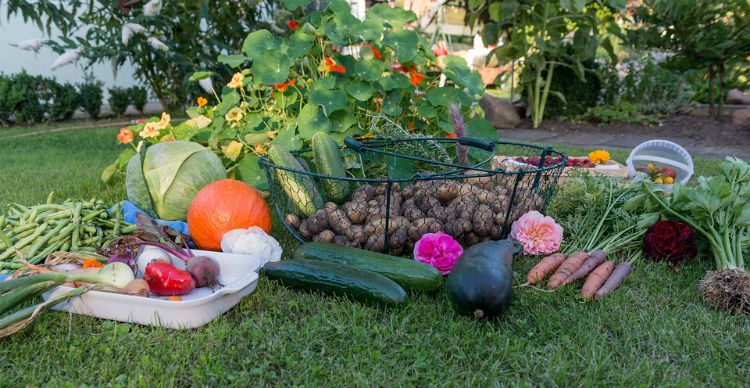

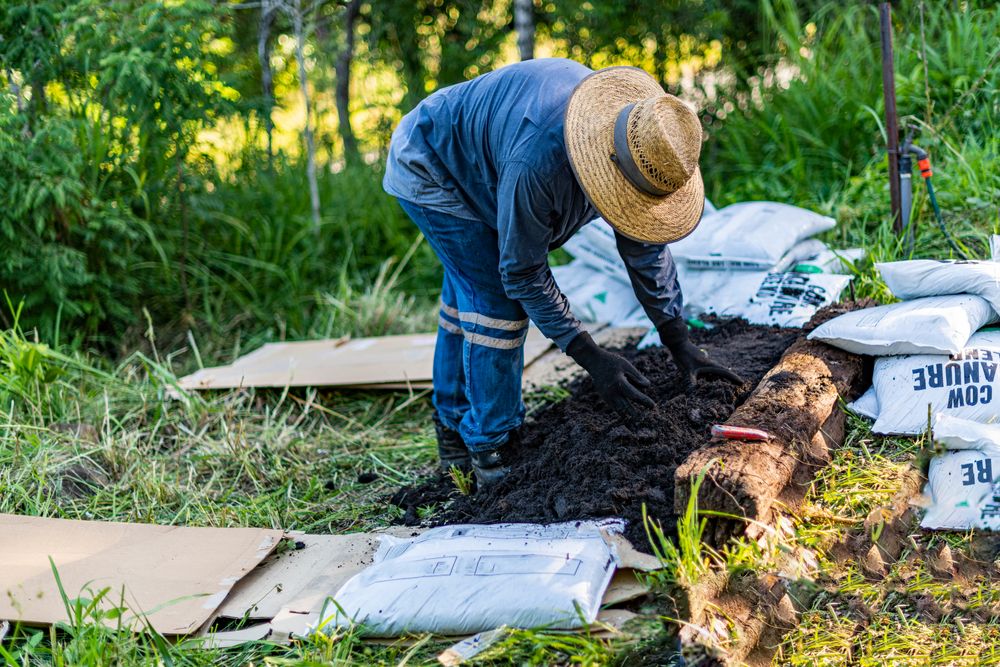
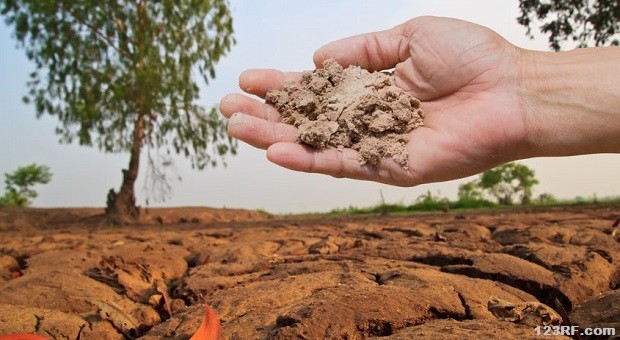
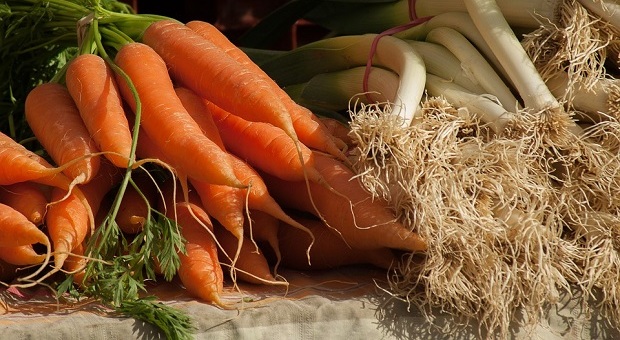
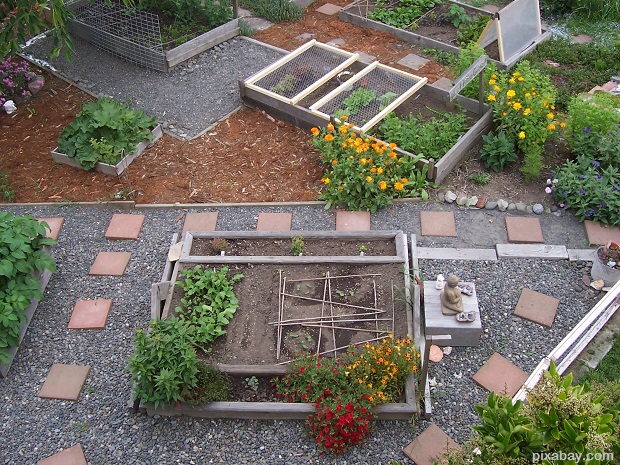
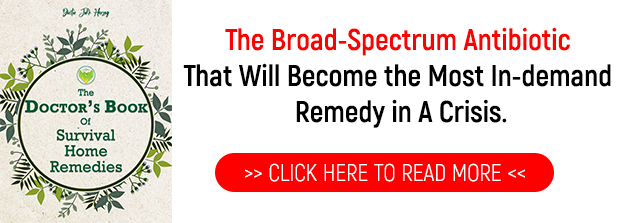
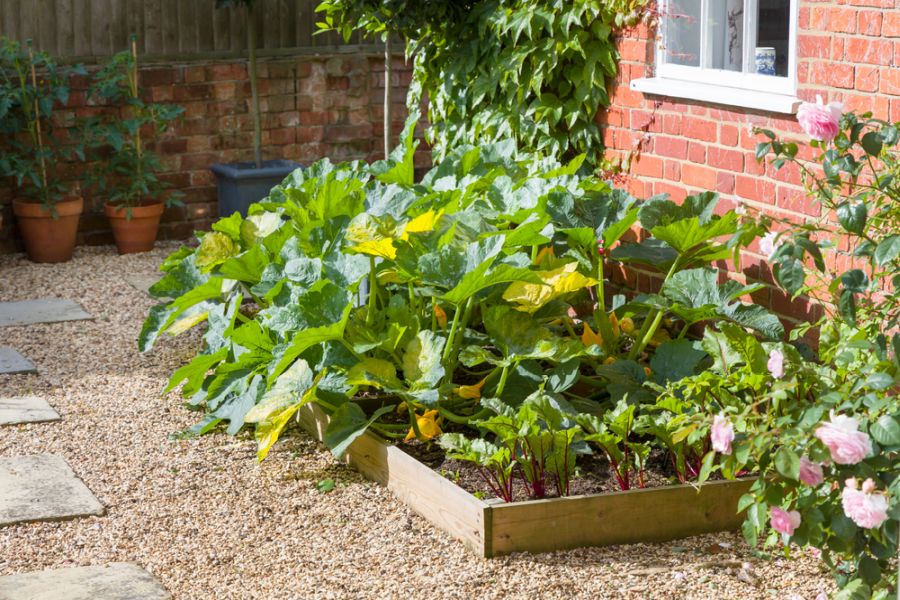

SouthernAZ | April 18, 2021
|
Some great stuff in this article, especially re: acid versus alkali-loving crops. We are at 5000’ feet elevation in southern NM with alkali soil and water. Crops that will thrive here are limited. Late frost date is mid-May,, daily high is above 100 degrees by the first of June. Normal daily humidity is in the single digits. Swiss Chard is the most resilient nutritious crop we have found that will produce here. When covered in winter, some plants will produce for two to three years. Kale also does well and will winter over. Many years, we plant in the July monsoon for November harvest.
Bill In Idaho | April 19, 2021
|
Thank you, Bob. Some vital notes: Ideal growing soil: 30 % Silica sand – 40 % Rock-free Clay – 30 % Organics ( 1 year old Steer manure, 2 year old horse manure, 4 year old chicken manure, real compost – not mulch ). A complete lab soil analysis will tell you how much (and which) nutrients (Not fertilizer) that you need to add to your soil. It will also tell you the pH of your soil. You can add lime (or wood ash) to increase soil pH (make it Alkaline), and you can add ferrous sulfate (sulfur) to reduce soil pH (make it Acidic). Note that ferrous sulfate begins to work immediately – reagent sulfur takes 3 – 5 years to show an effect. REMEMBER: The plants roots need Oxygen more than they do water.
Illini Warrior | April 19, 2021
|
have patience -there’s no way to rush it – get the soil condition first and then worry about the specific needed PH factors later – start small and with the basic veggies your family eats – get into the varieties and strange sy=tuff later – quantity and canning/preserving when you got some seniority ….
Wayne R Saylor | January 13, 2022
|
Hello, do you know where I can get seeds that are not hi bred seeds so I can use the seeds from the plants I grow the next year and so on. Thank You, Wayne Saylor